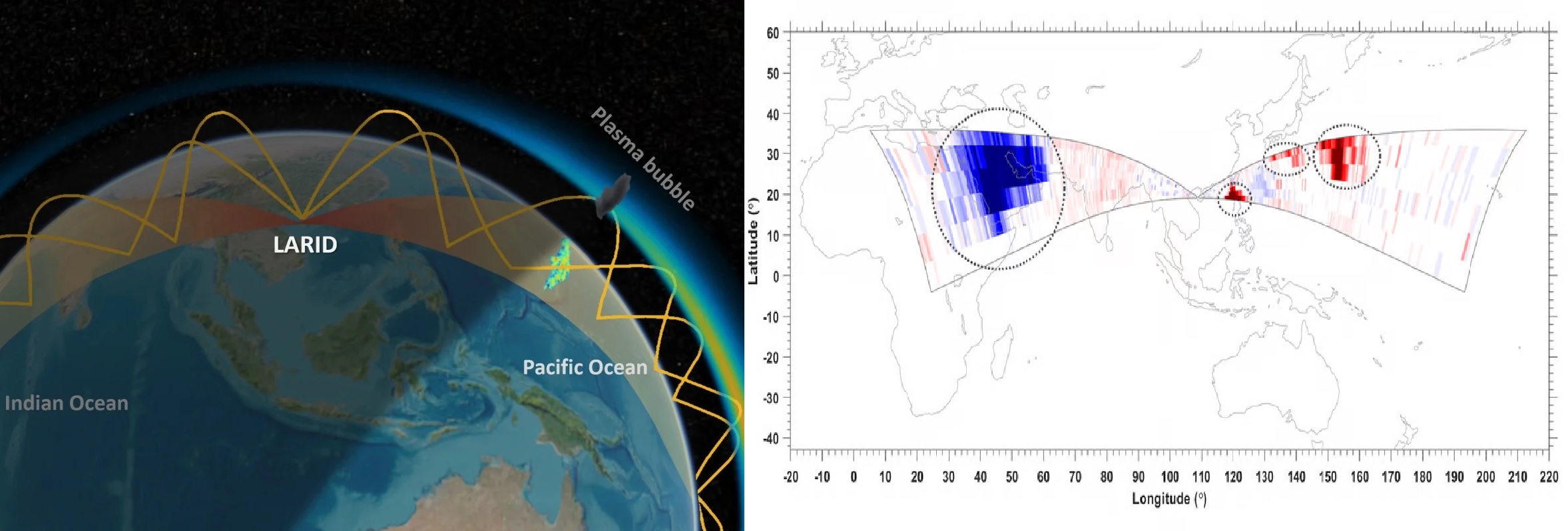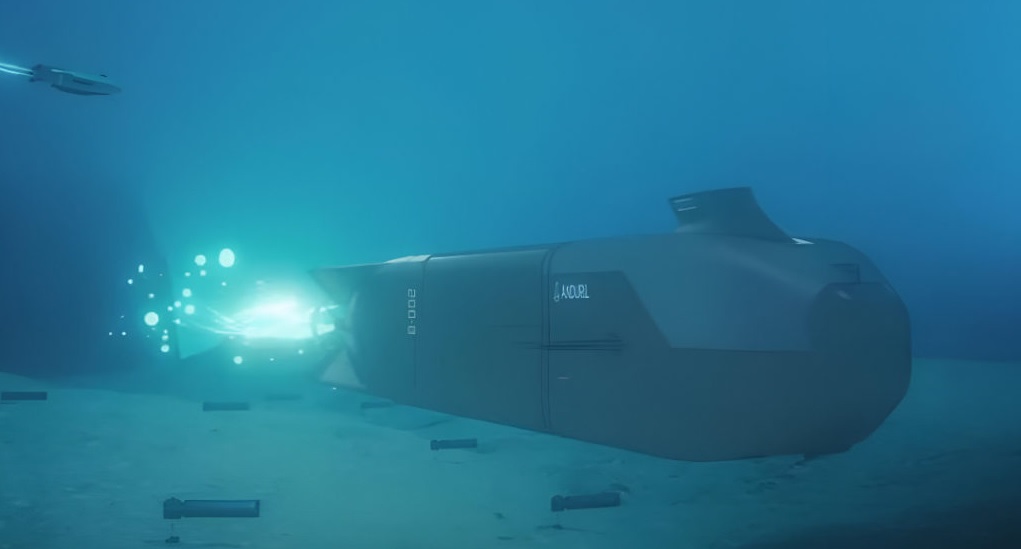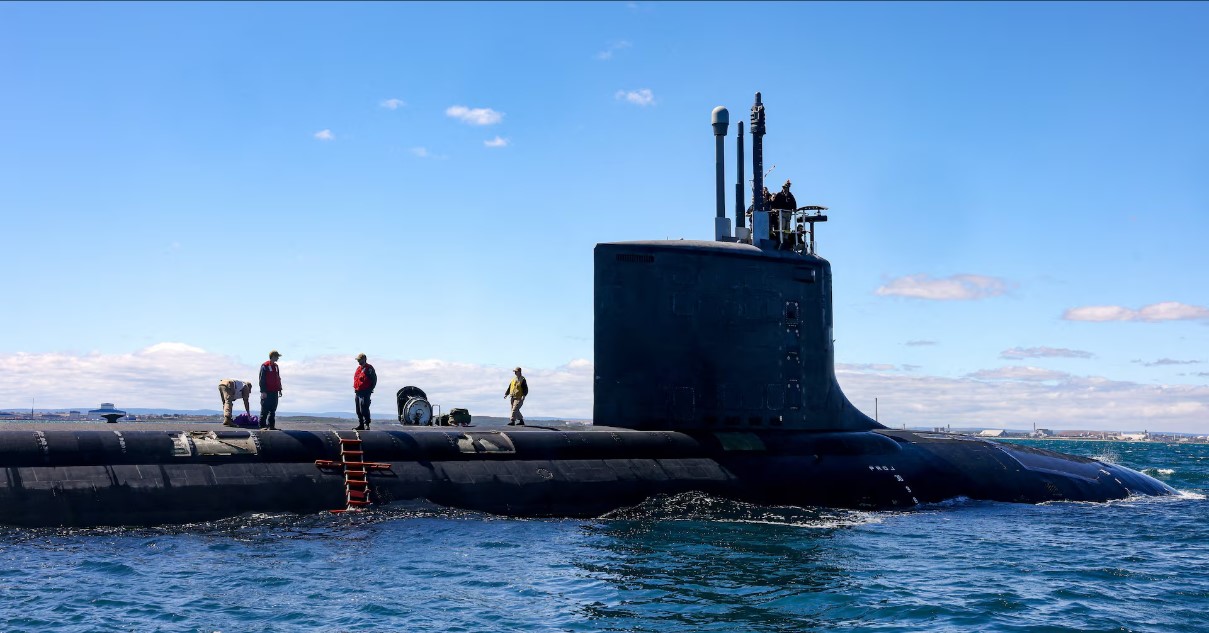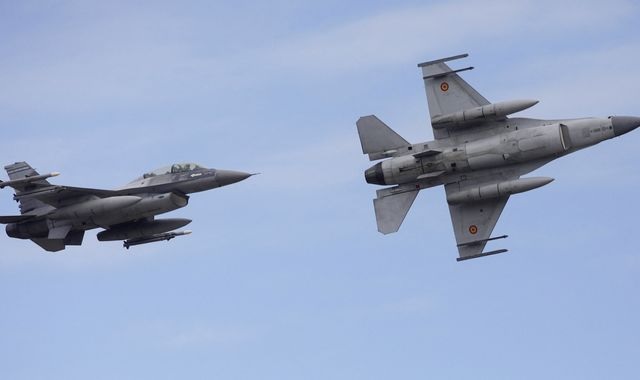China’s Super Radar Detects Mysterious Plasma Bubble Over Giza Pyramids

In a groundbreaking discovery, Chinese scientists using the world’s most powerful ionospheric radar have detected equatorial plasma bubbles appearing over Egypt’s iconic pyramids in Giza, as well as the remote Midway Islands in the Pacific, at almost the same time. This unusual phenomenon, captured by China’s Low Latitude Long Range Ionospheric Radar (LARID), marks a significant leap in our understanding of the Earth's upper atmosphere and its effects on communication systems.
Plasma bubbles, a mysterious weather phenomenon occurring in low-latitude regions, are caused by the sudden depletion of charged particles in the ionosphere. These bubbles can wreak havoc on modern technology, particularly GPS systems and satellite communications, with the potential to disrupt signals for hundreds of kilometers. What makes these bubbles even more intriguing is their ability to grow to enormous sizes—hundreds of kilometers in diameter—making their detection crucial for future communication and defense technologies.
China's LARID, constructed on Hainan Island in 2022, has now made it possible to detect these plasma bubbles from astonishing distances of up to 9,600 kilometers (nearly 6,000 miles). This radar has brought unprecedented clarity to the observation of these elusive formations. For the first time, on November 4-6 last year, plasma bubbles triggered by a solar storm were clearly tracked by the radar, reaching as far as North Africa and the central Pacific, with the pyramid region of Egypt being one of the detection sites.
The radar's sophisticated technology, operating between 8-22 MHz and featuring 48 transceiver antennas split between two subsystems, allows it to bounce high-powered electromagnetic waves between the ionosphere and the Earth’s surface. When these waves hit plasma bubbles, part of the signal is reflected back, making it possible for scientists to monitor the size, movement, and impact of the bubbles in real-time.
Although similar radar systems exist, China's LARID is the first of its kind capable of monitoring plasma bubbles on such a large scale. It represents a technological leap, especially considering the challenges posed by Earth’s curvature, which makes it difficult for conventional radars to observe targets beyond the horizon. By applying cutting-edge signal coding and geophysical simulation models, Chinese researchers were able to improve LARID's detection range from an initial 3,000 kilometers to over 9,600 kilometers within just six months.
The ramifications of this discovery go beyond simple atmospheric science. Plasma bubbles can severely affect satellite communications, which are critical for both civilian and military applications. In fact, these bubbles have long been a subject of interest for global military forces, including the U.S. Navy, due to their potential to disrupt modern warfare communication systems. By further refining the capabilities of LARID and possibly constructing additional radars in other low-latitude regions, China aims to achieve seamless, real-time monitoring of plasma bubbles across the globe.
Although the radar itself is designed for scientific observation and cannot detect military targets like aircraft, similar over-the-horizon radar technology has already been adopted by China’s military. These radars are reportedly capable of detecting stealth aircraft such as the U.S. F-22 fighter jet, thanks to the long wavelengths emitted by the radar, which stealth coatings on aircraft have difficulty absorbing.
This cutting-edge research and the super-radar network that China is proposing could reshape our understanding of equatorial plasma bubbles and their wide-reaching impact on modern communication systems. It also underscores China's growing prowess in space and atmospheric research, positioning the country as a key player in global scientific advancements.
With the potential for further discoveries and even more advanced radar technology on the horizon, China’s efforts in this field are set to push the boundaries of what’s possible in both atmospheric research and strategic defense.



